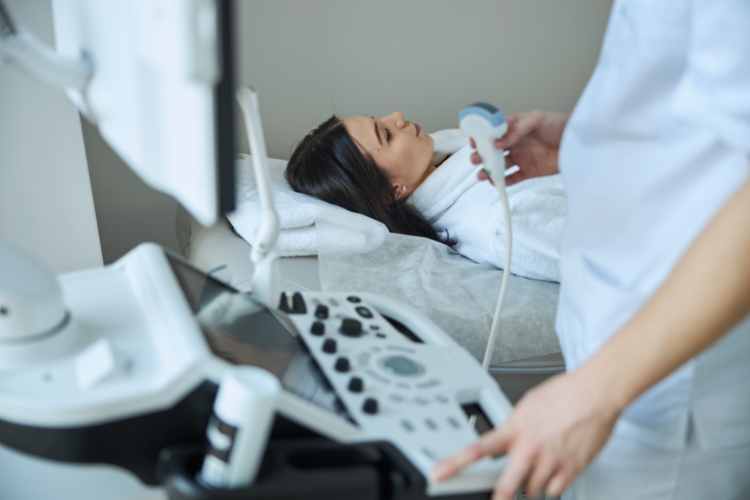When determining the cause of your major health difficulties, you know that acquiring an accurate diagnosis might be a lengthy process. You should undergo several tests, and you must consult numerous specialists. Thankfully, advancements in diagnostic imaging procedures ensure that you can easily examine your concerns. Auburndale imaging technologies see under the skin’s surface, allowing your doctor to identify and monitor existing concerns as well as establish the ideal care solution. At Physicians Group, LLC, the specialists offer top-quality imaging procedures, including CT scans, X-rays, and more. Here is some insight into five of the most common imaging procedures.
1) X-Ray
X-rays are typically used to assess bone density. Although you will often find this imaging technology in a dental clinic, they are also an indispensable diagnostic tool for various conditions ranging from lung cancer to fractured bones.
While X-rays are the most prevalent form of medical imaging, many individuals are unaware that there are multiple X-ray variations. The two most popular types of X-rays are conventional, which captures still images of the damaged region, and fluoroscopy, which can provide radiologists with a live video stream of the targeted region.
2) CT Scan
CT scans, often known as CAT scans, are an additional type of X-ray. However, this technique is significantly more detailed than a typical X-ray since numerous photos of the damaged regions are utilized to generate a cross-section of your bones, blood arteries, and organs. CTs are an excellent method for diagnosing various illnesses. If your primary care doctor has booked a CT scan, they may be searching for fractured bones or malignancies.
3) Ultrasound
Although many persons identify ultrasounds with pregnancy, specialists have effectively diagnosed patients with this technology for decades. Moreover, doctors utilize ultrasounds during healthcare treatments to preserve precision when obtaining tissue samples and inserting needles. Ultrasounds have also proven beneficial in diagnosing various diseases, including bone fragility and breast cancer.
4) MRI
Magnetic resonance imaging uses magnetic energy and radio waves to generate images of tissue and organs. MRIs are excellent diagnostic tools for soft tissue and muscle disorders. These photographs are highly precise because MRIs use your body as the magnetic field. If the physician is searching for something particular inside your veins or arteries, intravenous dyes could be used to assist them in seeing more clearly.
5) 3D Mammography
A 3-D mammogram captures photos of breast ‘slices’ from various angles. The system then employs software to recreate an image for abnormality analysis. The method is comparable to how a CT scanner produces images of internal body structures.
A 3-D mammogram could identify up to 35% of malignancies earlier. Furthermore, since the image is significantly crisper, you are less likely to require additional imaging or a biopsy.
Diagnostic imaging allows for early diagnosis of numerous medical conditions. These procedures are also quick and easy on the patient and cause minimal disruption to your day. Besides, most diagnostic imaging procedures are inexpensive and can be conducted as a component of a yearly health screening. Look no further than Physicians Group, LLC, for the best in diagnostic imaging in Florida and Minnesota. Call the office near you or schedule a consultation online today.

